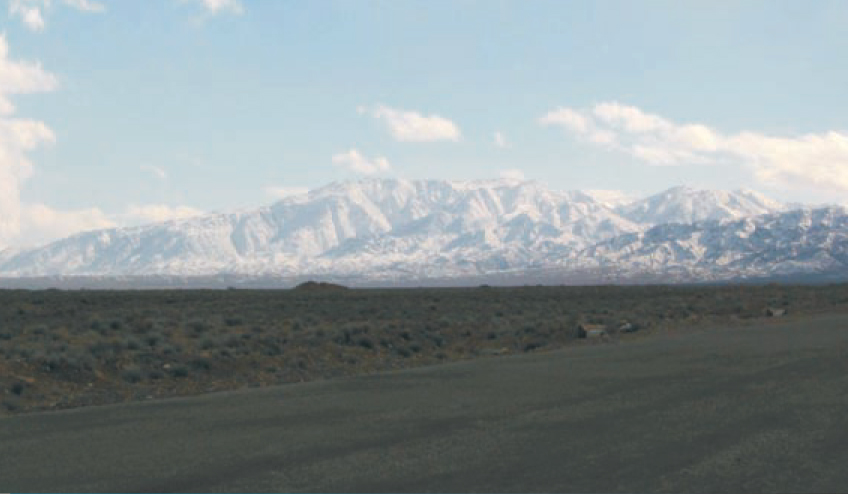Iran Invests in Astronomy
DOI: 10.1063/1.1784296
The Iranian government has committed 150 billion rials (roughly $17.5 million) for a telescope, an observatory, and a training program, all part of a plan to build up the country’s astronomy base. Iran wants to collaborate internationally and to become internationally competitive in astronomy, says the University of Michigan’s Carl Akerlof, an adviser to the Iranian project. “For a government that is usually characterized as wary of foreigners, that’s an important development.”
A 2-meter-class telescope will be the Iranian National Observatory’s first facility. “As far as I know, there has never been such a large purely scientific project in Iran,” says Sepehr Arbabi Bidgoli, the project’s assistant manager and an astrophysicist at the Institute for Studies in Theoretical Physics and Mathematics in Tehran. “The biggest telescope we have now is a 60-centimeter refractor. We can’t compete with the Hubble or Keck or the VLT [Very Large Telescope], but we can do real science with [a 2-meter] telescope.” Running a facility as a multi-university collaboration is also new for Iranians, Arbabi adds.
“Iran will have the only major telescope at that longitude,” says project adviser Edward Guinan, an astronomer at Villanova University in Pennsylvania. “With a first-class modern telescope at a great site, it will be possible to swap time with other telescopes internationally.”
Measurements of light pollution, seismicity wind, dust, and cloud cover have narrowed the site possibilities to four candidates. Testing for atmospheric turbulence, or seeing, at those sites begins this summer. A site is scheduled to be chosen within about four years, and the ready-made, robotically operable telescope could be installed and running in 2009.
Meanwhile, Iran’s astronomy community, which consists of about 30 professionals and as many students, wants to train about 50 people in observational astronomy over the next five or so years. Last fall, the first class in a new master’s program got under way. Students will learn theory and “get their first acquaintance with astronomical gadgetry on one of the few small observatories” in Iran, and then go abroad to gain experience on larger and newer instruments, says Yousef Sobouti of the Institute for Advanced Studies in Basic Sciences in Zanjan. “We do have enough friends and contacts in India, Europe, and elsewhere to give us a helping hand.”
“Fortunately, Iran has an immense pool of youth very much interested to make careers in all branches of science,” adds Sobouti, who spearheaded the telescope project. “This includes astronomy, though it may not seem to provide a lavish life for the individual.”

The Karkas mountains in central Iran is one of four candidate sites for the country’s new 2-meter-class telescope.

More about the Authors
Toni Feder. tfeder@aip.org
